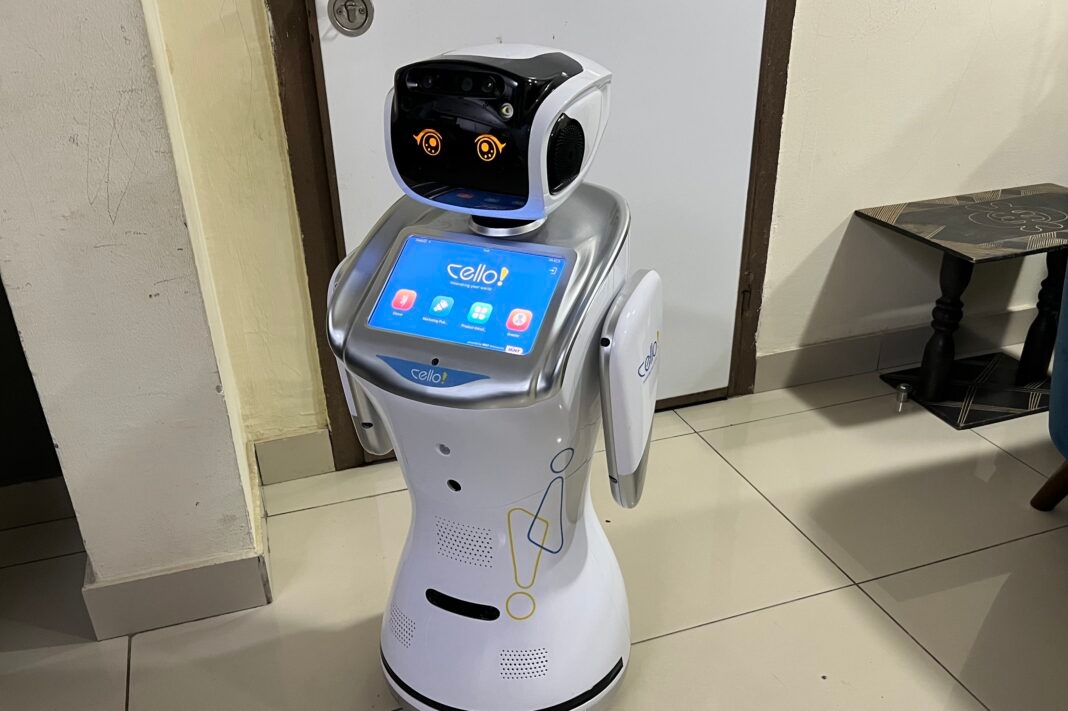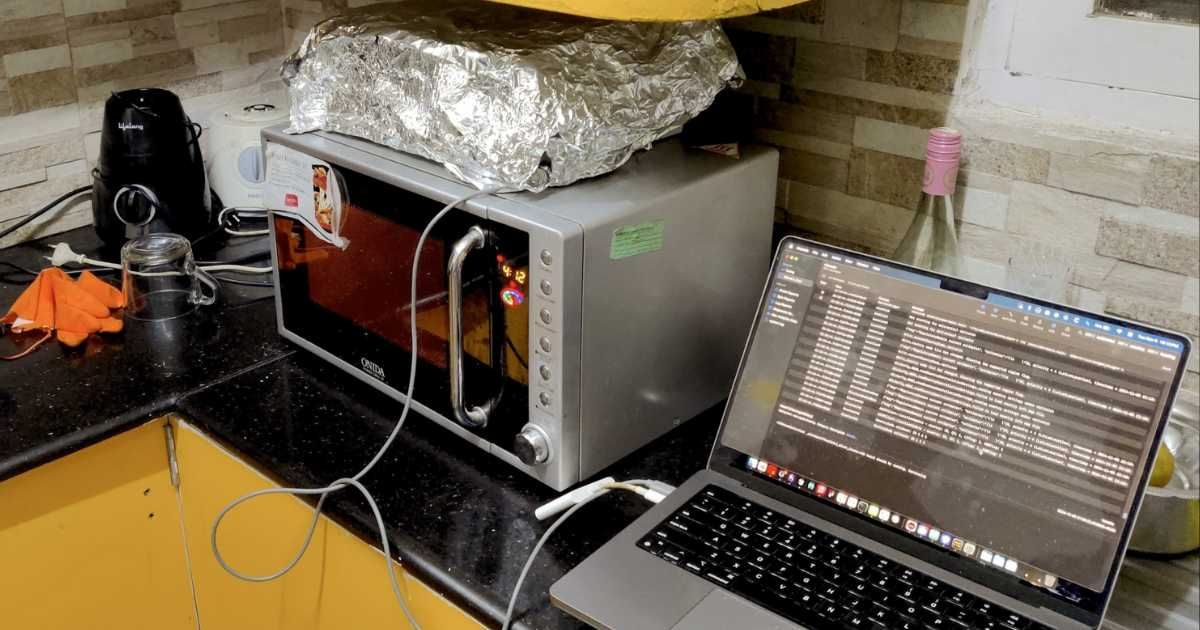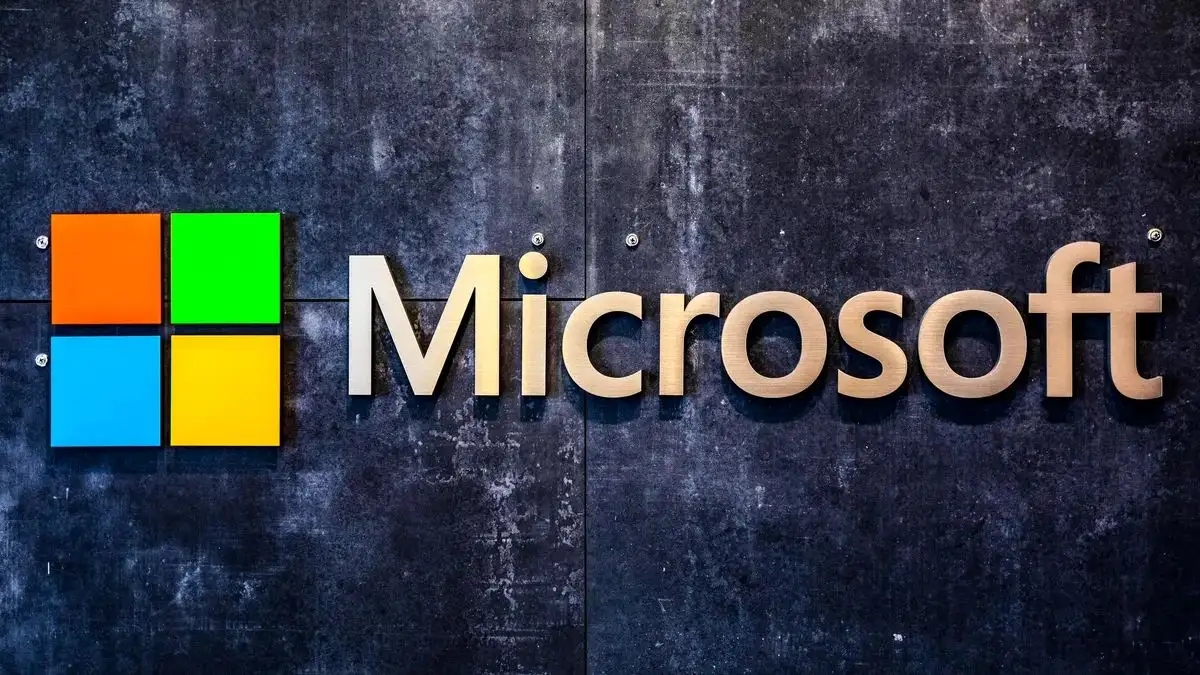When Machines Speak: Can AI Replicate the Human Voice?
The evolution of artificial intelligence (AI) has brought us
to a point where machines can mimic human speech with uncanny precision. From
holding fluid conversations to adopting regional accents and emotional nuances,
AI-powered voice synthesisers are raising questions about the uniqueness of the
human voice. As this technology becomes more sophisticated, it is both
fascinating and unsettling to ponder whether we can still distinguish human
voices from their AI-generated counterparts.
The Rise of AI Voice Mimicry
Today, AI speech systems can do more than provide
pre-programmed responses—they can converse in natural tones, detect emotions,
and even whisper or sob. ChatGPT’s voice function, for instance, uses tone
variations and non-verbal cues to enhance communication, supporting over 50
languages and regional accents. This technology even allows AI to perform
practical tasks, such as placing phone calls on behalf of users, as demonstrated
in OpenAI’s recent showcases.
Voice cloning is a particularly advanced and controversial
aspect of this technology. AI systems can replicate the voices of real
individuals, including those who are deceased. For example, the late
broadcaster Sir Michael Parkinson's voice was recreated for a podcast series.
While such applications are sometimes benign, they’ve also been used for
malicious purposes, like scamming people through deceptive audio
impersonations.
Distinguishing AI Voices from Human Speech
Despite its advancements, AI speech synthesis isn't
infallible. Experts like Professor Jonathan Harrington from the University of
Munich point out subtle cues that may reveal AI-generated voices. For instance,
unnatural phrasing, overly consistent intonations, and limited variation in
tone are common giveaways. Breath intakes, often too regular in AI voices, can
also hint at their artificial origins.
However, identifying AI speech isn’t straightforward. In
experiments comparing AI-generated and human-recorded audio clips, even
seasoned professionals struggled to differentiate the two. For example, in a
test involving readings from Alice in Wonderland, nearly half the listeners
failed to identify the human voice.
Cybersecurity experts like Steve Grobman from McAfee
emphasize that humans are inherently poor at detecting deepfake audio.
Increasingly sophisticated AI can seamlessly blend real and fake audio, making
traditional methods of identification inadequate. Grobman recommends paying
attention to suspicious contexts or phrases in the audio, which often indicate
deception.
The Threat of Voice Cloning
The potential misuse of voice cloning is a growing concern.
Cybercriminals have used AI-generated voices to impersonate CEOs, tricking
employees into transferring money. Fake audio clips have even led to death
threats and financial scams targeting families. Such incidents underscore the
need for robust safeguards and authentication methods.
Experts suggest countermeasures like setting family
passwords or verifying suspicious calls through alternative means. While
technology firms, such as ElevenLabs, provide tools for detecting deepfake
audio, there remains an ongoing arms race between AI developers and
cybersecurity defenses.
The Future of AI Speech
AI’s capabilities are advancing rapidly, and its ability to
replicate human prosody—intonation, phrasing, and emphasis—continues to
improve. Innovations are blurring the lines between synthetic and natural
speech, raising ethical and security concerns. As the technology becomes more
accessible, developing strategies to identify and mitigate misuse is crucial.
OpenAI has introduced measures to restrict voice cloning in
ChatGPT, offering only preset voices for its voice functions. However, the
absence of universal safeguards, such as mandatory AI identification, leaves
vulnerabilities that could be exploited.
A Return to Authentic Connections?
In a world increasingly shaped by virtual interactions, the
risk of being misled by AI voices is a stark reminder of the importance of
face-to-face communication. Physical presence, complete with the nuances of
real human interaction, remains irreplaceable.
As we adapt to living alongside AI, vigilance and the
development of detection tools will be essential. For now, the challenge of
distinguishing human and AI voices serves as both a testament to technological
progress and a cautionary tale about its potential misuse.










.jpg)